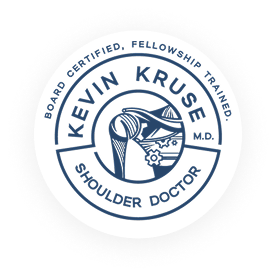Shoulder Arthroplasty: Preoperative Guide and FAQs
Welcome to our comprehensive guide on shoulder arthroplasty, aimed at addressing your preoperative questions and concerns. This video is part of our mission to ensure that you’re well-informed and comfortable with the procedure ahead. Remember, while this guide covers the majority of cases, individual circumstances may vary.
Understanding Shoulder Arthroplasty
Shoulder arthroplasty, or shoulder replacement surgery, can significantly improve your quality of life. Moving from severe discomfort and limited mobility to a fully functional shoulder represents a dramatic transformation for many patients. Our goal is to minimize the impact on your life during recovery, striving for a swift and as comfortable healing process as possible.
Preoperative Preparation
- Pre-op Appointment: This crucial step involves finalizing your decision for surgery, scheduling the procedure, and undergoing necessary preoperative assessments, including a CT scan for detailed planning.
- Diet and Nutrition: A high-protein diet is essential for healing. Aim for approximately 75 grams of protein per pound of body weight daily. Incorporating protein-rich foods and supplements into every meal is key.
- Exercise: Stay active before your surgery to maintain overall health and well-being. Focus on exercises that do not exacerbate shoulder pain.
- Therapy Preparation: Familiarize yourself with your postoperative therapy options. We highly recommend setting up your therapy plan in advance to ensure a seamless transition into recovery.
Postoperative Care
- Pain Management: We advocate for a multimodal approach to pain management, including medical-grade CBD, ibuprofen, Tylenol, Tramadol, and, if necessary, oxycodone. An emphasis is placed on minimizing narcotic use.
- Physical Activity: Early mobilization and exercise post-surgery are crucial. While you should avoid strenuous activities with the operative shoulder, staying active with walks and non-impact exercises for other parts of your body is encouraged.
- Diet: Continue focusing on a high-protein, anti-inflammatory diet post-surgery. This aids in reducing inflammation and promoting healing.
- Sling Use: The sling is optional after the initial recovery phase. We encourage patients to listen to their bodies and use the sling for comfort if needed, but it is not a requirement for successful healing.
Recovery and Rehabilitation
- Physical Therapy: Engaging in physical therapy, whether virtually or in-person, is a vital part of the recovery process. Our virtual therapy program offers convenience and expert guidance tailored to your recovery needs.
- Incision Care: The surgical incision is small and heals with minimal scarring. Postoperative dressings are waterproof, allowing for showering immediately after surgery.
- Bruising and Swelling: Expect some degree of bruising and swelling post-surgery. This is a normal part of the healing process and should not cause alarm.
- Sleep: You are not required to sleep in a recliner. Find a comfortable sleeping position that works for you, using pillows for support as needed.
FAQs Addressed
- Driving and Work: You may resume driving as soon as you feel comfortable post-surgery, provided you’re not under the influence of strong pain medications. Most patients can return to work within a week, depending on the nature of their job.
- Surgery Details: Our surgeries are efficient, often taking less than 30 minutes, and are performed as outpatient procedures. This efficiency reduces the risk of complications and accelerates recovery.
- Type of Arthroplasty: The decision between a reverse or anatomic shoulder arthroplasty depends on several factors. We utilize the latest techniques and technology to ensure the best outcome for each patient.
Conclusion
We hope this guide has provided you with a clearer understanding of shoulder arthroplasty and what to expect before, during, and after the procedure. Our aim is to ensure your journey to recovery is as smooth and comfortable as possible, ultimately restoring your shoulder’s function and improving your quality of life. Thank you for entrusting us with your care, and we look forward to supporting you through this transformative process.

